Unlike refined grains, whole grains contain the bran, germ, and endosperm. Thanks to that, the grain retains most of its nutrients. Meanwhile, refined grains have had the bran and germ removed, leaving only the endosperm. This endosperm is mainly starch, which is ground into white starch, according to the Eating Well (US) website.
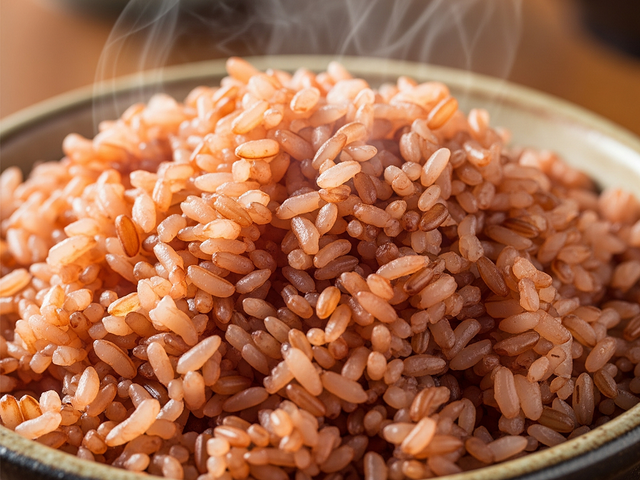
Brown rice is beneficial for both diabetics and people with high blood pressure.
PHOTO: AI
Whole grains contain high amounts of fiber, potassium, magnesium, folate, iron, and selenium. All of these are essential for healthy blood flow and lowering blood pressure. Soluble fiber also helps regulate insulin and reduce inflammation in blood vessels.
The whole grains that are most effective in lowering blood pressure include:
Oats, barley
If eaten daily, the abundant beta-glucan in oats can reduce systolic blood pressure by about 2-3 mmHg. Meanwhile, barley contains both soluble and insoluble fiber, which helps support blood pressure and control blood sugar.
Brown rice
Brown rice contains a lot of magnesium, which helps regulate heart rate and dilate blood vessels. In addition, when entering the intestine, the protein in brown rice will be digested and release biological peptides. Research shows that peptides from brown rice protein have the ability to inhibit angiotensin converting enzyme, similar to the mechanism of ACEi antihypertensive drugs.
Quinoa, whole wheat
Quinoa provides complete protein and high levels of potassium, which are beneficial for the kidneys and regulate blood pressure. Meanwhile, whole wheat and wheat products are rich in lignans and anti-inflammatory properties, which increase the elasticity of arteries, thereby reducing blood pressure.
Broken wheat
These are wheat grains that have been lightly boiled, dried, and ground. They are rich in potassium, magnesium, and soluble fiber, which helps dilate blood vessels, eliminate sodium, reduce inflammation, and balance blood sugar. A cup of cooked bulgur provides about 8 grams of fiber, which is beneficial for people who want to control blood sugar.
Most of us eat white rice. Experts recommend that people with diabetes and high blood pressure gradually replace some of their white rice with whole grains.
For example, you can eat oatmeal in the morning and brown rice or bulgur wheat at lunch. The important thing to note is to gradually replace and avoid suddenly eating a lot of whole grains. The reason is that grains are rich in fiber, eating too much can easily cause bloating and indigestion. Drinking plenty of water when eating a lot of fiber will help avoid constipation, according to Eating Well .
Source: https://thanhnien.vn/cac-loai-ngu-coc-thay-com-giup-ha-huyet-ap-hieu-qua-185250824155202814.htm




![[Photo] Hanoi: Authorities work hard to overcome the effects of heavy rain](https://vphoto.vietnam.vn/thumb/1200x675/vietnam/resource/IMAGE/2025/8/26/380f98ee36a34e62a9b7894b020112a8)

![[Photo] Multi-colored cultural space at the Exhibition "80 years of the journey of Independence - Freedom - Happiness"](https://vphoto.vietnam.vn/thumb/1200x675/vietnam/resource/IMAGE/2025/8/26/fe69de34803e4ac1bf88ce49813d95d8)


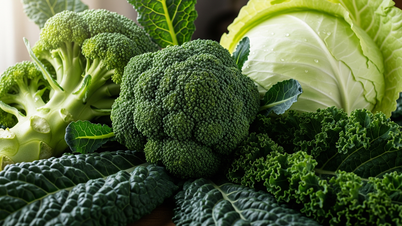
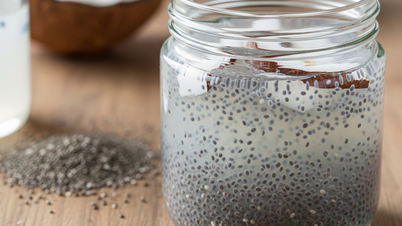
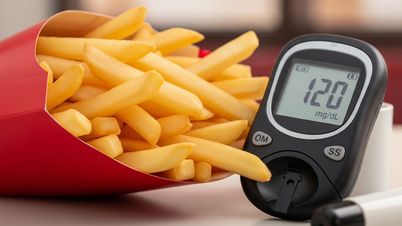
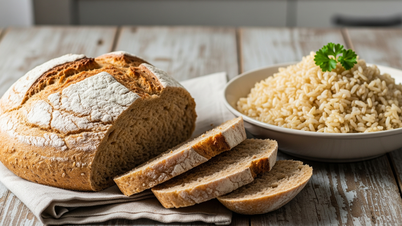
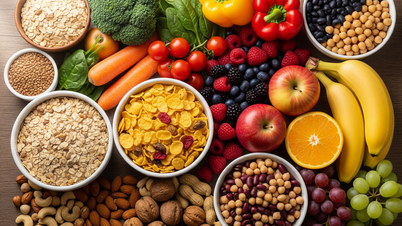



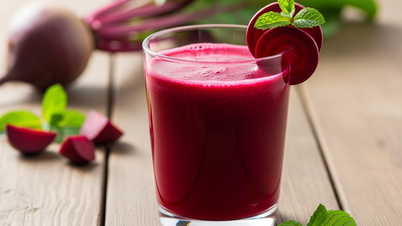
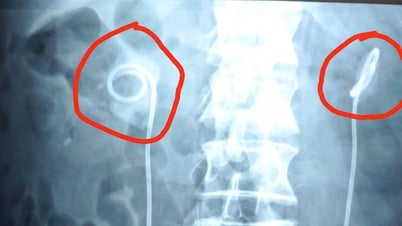





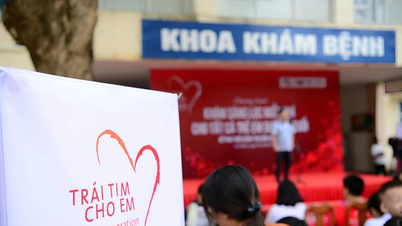


































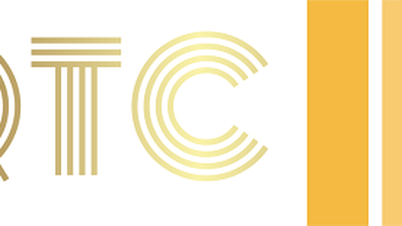




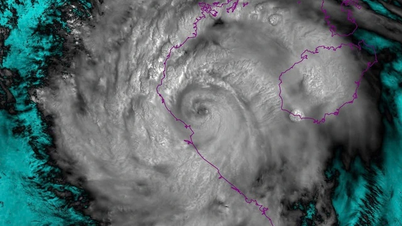







































Comment (0)